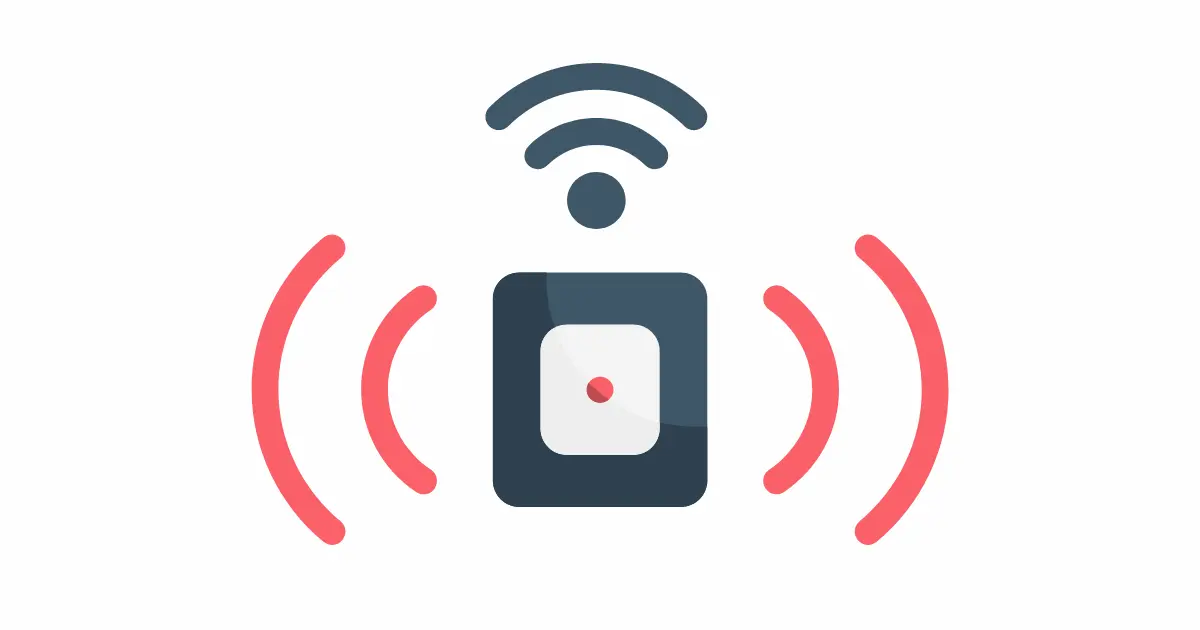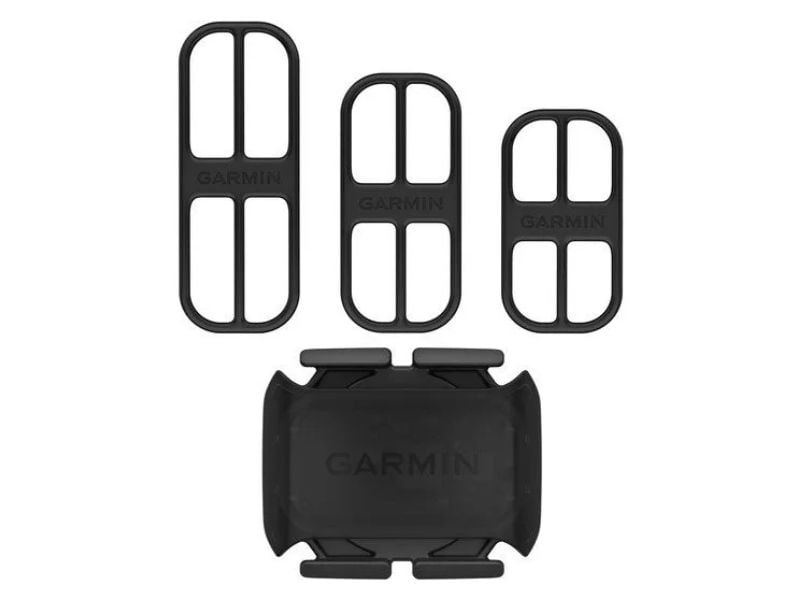Physical Address
304 North Cardinal St.
Dorchester Center, MA 02124
Physical Address
304 North Cardinal St.
Dorchester Center, MA 02124

According to a dictionary, “cadence” means an inflection or modulation of the voice. Simply put, it’s a rhythmical flow or tempo of a musical piece. Of course, there is a cadence in music and a cadence in the running. However, in cycling, cadence refers to the frequency at which riders turn the pedals.
If the cranks are at 12 o’clock, turning them back to that position would be considered one rotation. Among cyclists, cadence is expressed in terms of rotations per minute. But cadence isn’t the same thing as speed.
You are pedaling along a level section of road at 90 revolutions per minute, while in low gear, you might achieve a speed of around 20 kilometers per hour. Now picture yourself on the same bike, on the same route, still peddling at the same rate of 90 revolutions per minute. But now you’re in higher gear, which means you can travel significantly faster than before.
Once you hop on the bike and start pedaling, it’s great to have an idea of cadence so you can keep track of your progress. In this case, a cadence sensor can help you get precise data about your pedaling speed. Nowadays, most exercise bikes feature a cadence sensor.
One of the best ways to improve your cycling is to keep track of your pedaling speed. The three main variables in cycling—your heart rate, your front, and back gears, and your pedal cadence—make it a simple sport to master.
A cadence sensor is a type of pedal assist technology. Pedal cadence sensors commonly use magnets wrapped around the pedal cranks to measure rotational pedal speed. It is like a contact point between the pedal and the motor.
In short, it transmits the pedaling data of riders to the motor and instructs how much assistance a rider can provide. You can gain more insight into your race or workout by combining the data from the cadence device, such as your power (in watts) and heart rate.

The three crucial parts of a cadence sensor are a spoke magnet, a cadence magnet, and an electronics pod having two magnet sensors. Two magnets, one for each spoke and the cadence, are attached to the bicycle frame on each end of the electronics pod.
Two magnet sensors measure both speed and cadence. The electronics pod tracks your pedaling RPM as the magnet on your bicycle crank arm goes by, and the data is then transmitted to your cycling app or bike computer.
The operational mechanism is similar to that of a pedometer or speedometer. But, cyclists that use cadence sensors will obtain accurate and useful data.
You may be wondering how exactly this cadence sensor functions. Therefore, let’s not waste any more time. As previously said, a Cadence sensor contains two essential components: magnets and sensors.
So, the cadence sensor tracks the speed with which the magnets are moved after you start cycling. The engine will turn on if you begin pedaling and switch off if you stop. You will then be able to get back on track thanks to the correct value it transmits to your bike computer or app.
The count of magnets impacts the functionality of your cadence sensors. If your cadence sensor has more magnets on the crank arms, it will send information more frequently. This will result in a smoother and more precise cadence number.
There are three distinct cadence sensors, each with its own set of useful information.
Most cadence sensors are compatible with Bluetooth or ANT+. Connecting the sensor to your preferred training app means you can collect data when riding indoors.
ANT+ is a standard wireless technology used in measuring and monitoring devices. These three cadence devices utilize distinct ANT+ profile types to facilitate device identification.
Cadence/Speed is the mostly used cadence tracker supported by each ANT+ device. However, ANT+ devices do not often support the Cadence-Only and Speed-Only modes.
Even though most cadence sensors are sold as separate additions, certain bikes use frame-integrated sensors. Since the bikes are wired a certain way, a single pod can be used as a sensor attachment.
A cadence sensor is helpful whether you’re a fitness trainer looking to improve your client’s performance through cadence-based training or a recreational cyclist hoping to keep your cadence low to gain muscle and strength.
Keeping track of your cycling cadence is a great way to assess your hard work and set a goal for yourself as you gradually increase your pedaling speed. In addition to helping you build a more effective exercise routine, it may be used as a tool to help you practice self-control.
As a daily rider, knowing your cadence can help you control your pace if you are riding over long distances. However, a fast cadence wastes more energy than a slow one. While a high cadence is good for short bursts of energy, a low cadence allows riders to save energy for later and cover more ground.
Numbers vary from beginning to expert level based on cycling expertise. A speed of 50 to 60 RPM is a good choice if you’re a beginner. For a trained pro, speeds between 80 and 100 RPM are adequate. But if you’re a serious rider, you should aim for 110 to 120 revolutions per minute (RPM). Depending on your training objective, a cadence sensor might assist you in maintaining the optimal rate.
As any enthusiastic cyclist will tell you, having the appropriate equipment makes a huge difference. Purchasing a reliable cadence sensor can help keep your muscles in good shape and your body in sync.
So, why the delay? Get one that works well and fits your training goal or workout result. Check out the different cadence sensors on the market before deciding on one.